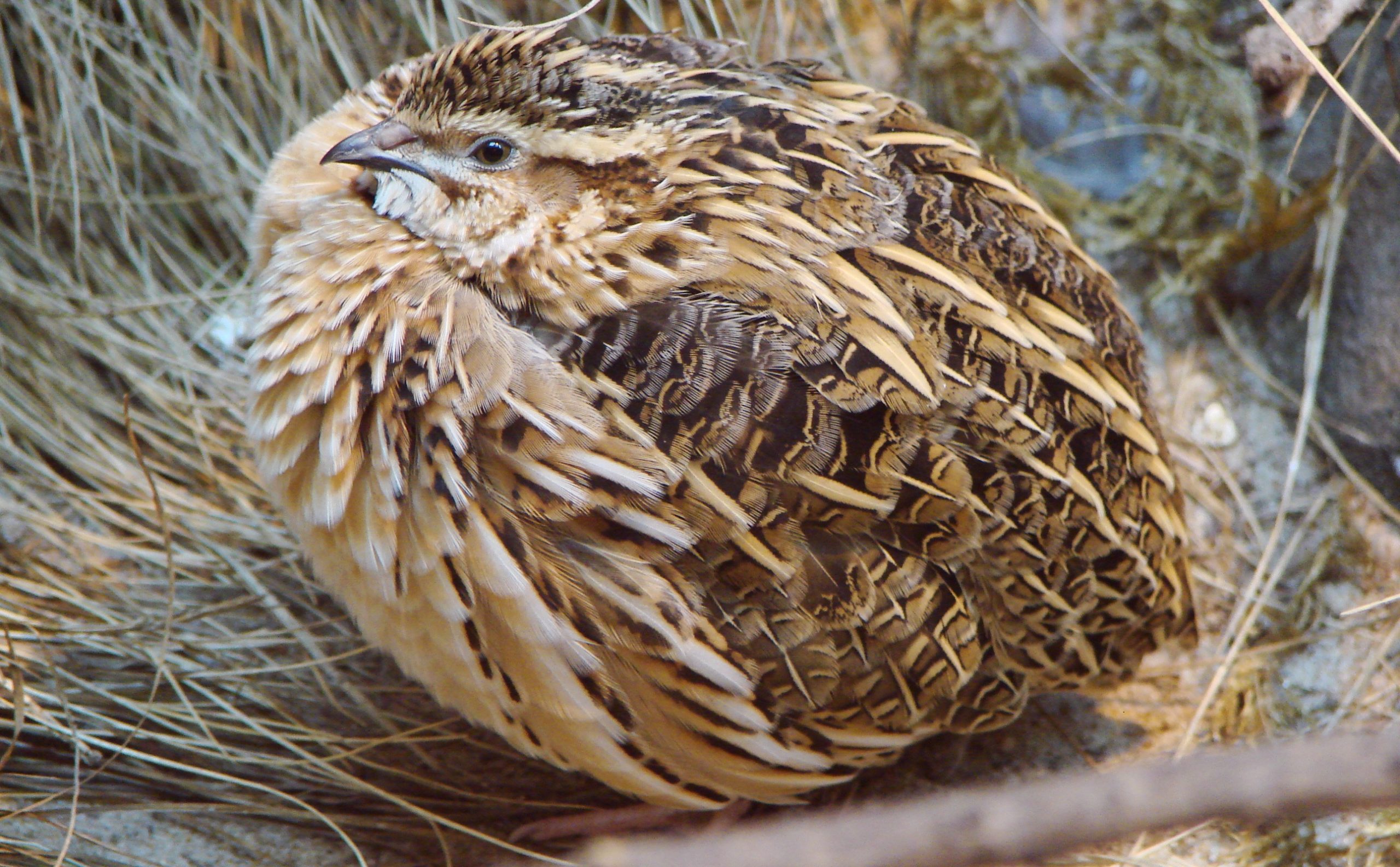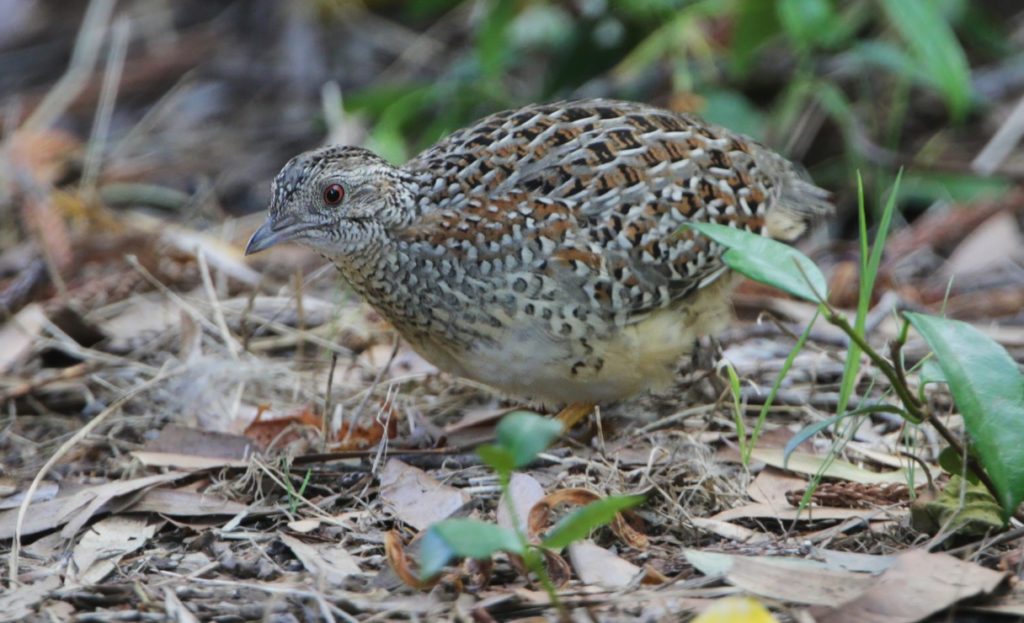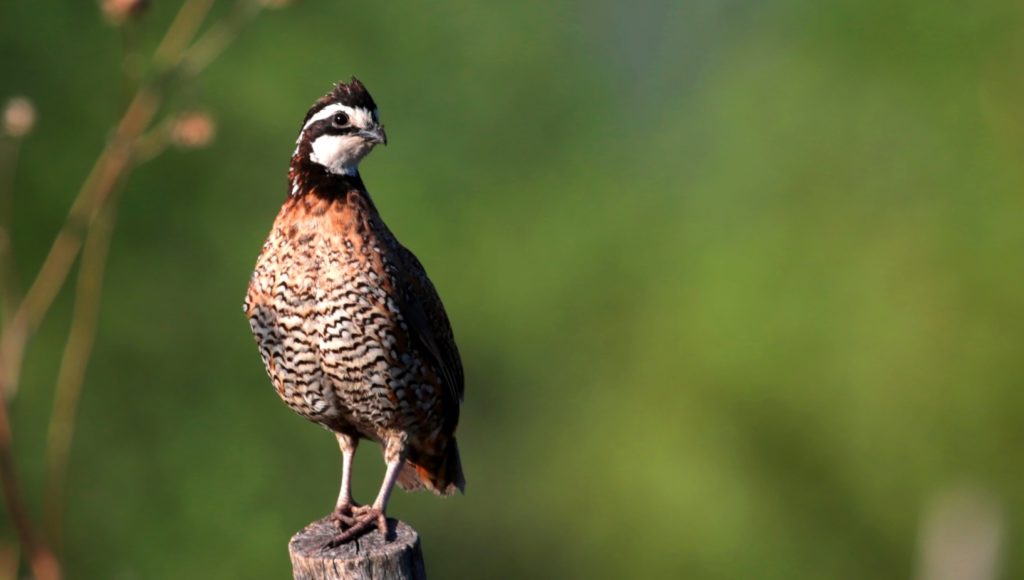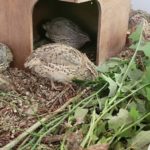
3 Types Of Quail You Can Raise At Home
- Thomas Nelson
- April 3, 2020
- Animals, Sustainable Living
- 0 Comments
Quail have been domesticated by humans in different parts of the world for thousands of years now. Humans chose to domesticate quail because of their meat and eggs. Some breeds of quail also make good pets. Quail are generally flightless birds that live on the ground. In the wild, they call thick brush and other environs home. There are 3 types of quail that have been domesticated and are relatively easy to keep. We’ll break down the pros and cons of each one.
Coturnix quail

Coturnix quail are probably the most commonly raised types of quail in the world. They mature quickly, are easy to care for, and produce delicious eggs and meat. The hens make a cricket-like chirping sound while the roosters have a loud crowing call that sounds a bit like they’re saying “look at me!” Despite their crowing, quail roosters are easy to keep within city limits as their call is difficult for most people to identify and are therefore mistaken as a wild bird.
There are numerous color varieties of coturnix quail. Some can be sexed based on their feathers, like Pharoah and Golden Manchurian coturnix quail. Some, like silver quail, cannot. In Pharoah and Golden varieties, females will have a black speckled chest, whereas males will have a deep, red, rusty colored chest. Their genders are easily identified 4 weeks after hatching.
If you are interested in raising quail for meat or eggs, and especially if you’ve never done it before, it is strongly recommended that you start with Pharaoh variety coturnix quail. These birds have a relatively brief incubation period of 17-18 days and mature quickly, beginning their egg laying careers at just 6 weeks.
Coturnix quail house easily. They handle confinement well, needing only two square feet of space in a pen per bird. They are intensely social animals and hundreds can be housed together without significant issues. It is important, however, that there be at least four females for every male coturnix quail. Multiple male quail will result in considerably more noise.
Coturnix quail can live for 2-3 years, sometimes longer if kept in excellent conditions and properly cared for.
Button Quail

Button quail are named because, upon hatching, the chicks are roughly the size of a button. Button quail are small, typically weighing one and a half ounces, and not very good for meat or eggs. They do make good pets, however. Button quail are generally docile birds but they are birds nonetheless. Males can be territorial and violent if kept with other males, and male without any females may be noisy and crow nearly constantly.
Button quail are better kept in pairs, a male and a female, as opposed to in groups. Your habitat for your button quail should be four square feet or larger. Button quail, like fish, are better off looked at than held.
Bobwhite Quail

Bobwhite quail, like the coturnix quail, are commonly kept for their meat and eggs, but they are slightly more challenging to raise and raise well. Bobwhite quail tend to be more aggressive than coturnix quail and have a longer incubation period and require more time to mature and begin laying eggs. Bobwhite hens are sexually mature at 6 months.
Bobwhite quail were domesticated more recently. They frighten easily, are generally skittish, and easy to stress out. When stressed, they can harm one another. These quail do not handle confinement well and don’t appreciate being in a pen with lots of other quail. This is not a good breed for beginners. If you’re experienced with quail, they could be a fun new bird to keep.
There are other types of quail, like the mountain quail, Gambel’s quail, and California quail, but these quail generally don’t make very good pets and are not good producers of eggs and meat.

